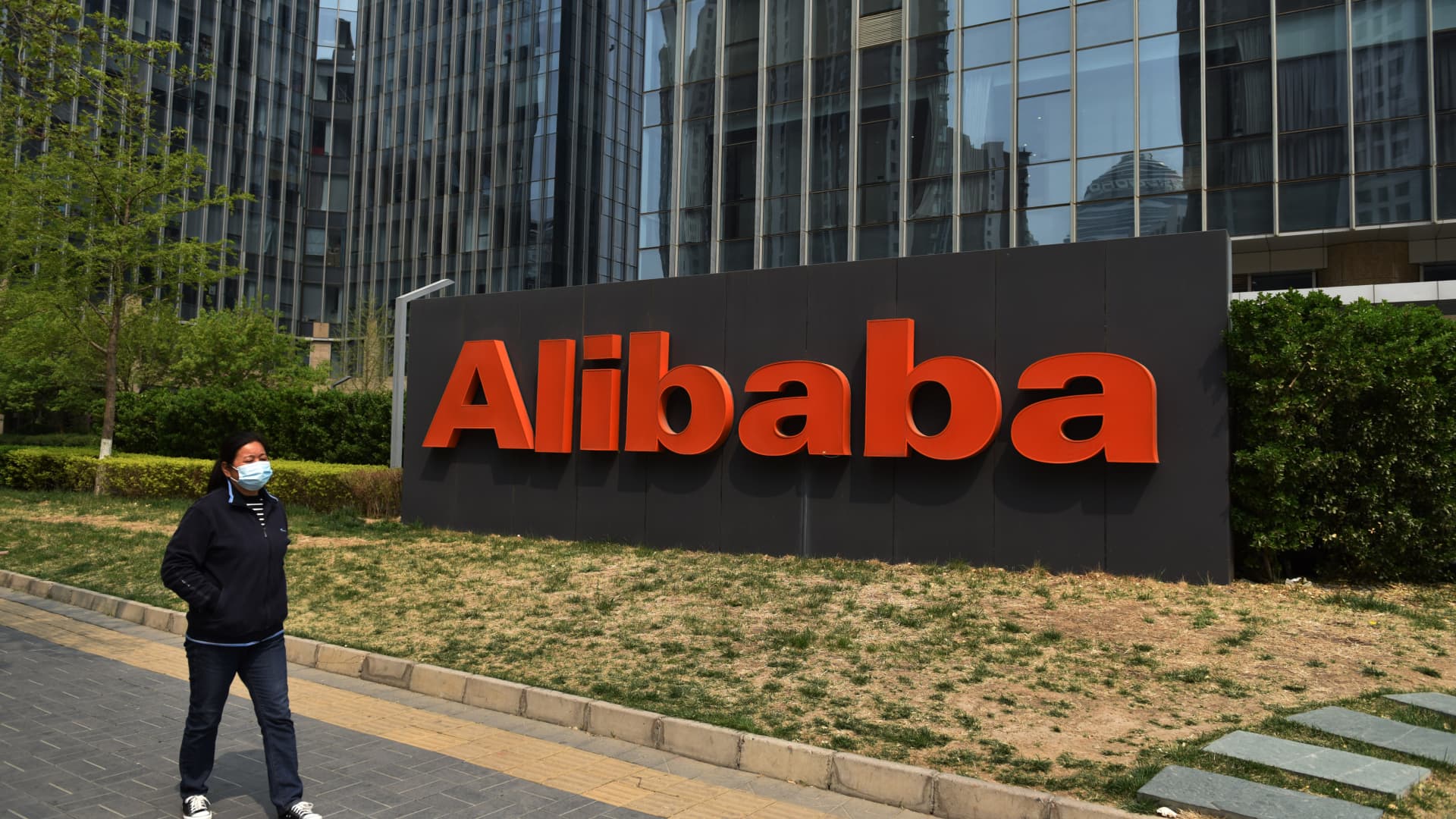
Asia has observed a wave of inventory buybacks, and financial institution analysts say it isn’t preventing anytime quickly.
Chinese language tech large Alibaba mentioned remaining week it’ll build up its proportion buyback program from $15 billion to $25 billion. Telephone maker Xiaomi introduced Tuesday a buyback of as much as 10 billion Hong Kong bucks ($1.28 billion), whilst JD Well being, JD’s on-line healthcare arm, mentioned it could purchase again stocks of as much as 3 billion Hong Kong bucks.
The inside track despatched shares of the ones corporations hovering.
“Chinese language firms are behaving in a similar way to their American opposite numbers via saying massive inventory buyback methods on weak spot so that you could shore up investor self belief as their trade expansion slows,” mentioned Ben Silverman, director of study at funding consulting company Verity.
Here is how proportion buybacks paintings: when an organization repurchases its personal inventory, the transfer reduces the choice of stocks which can be publicly traded.
The buyback can push the cost of every proportion upper as a result of some not unusual metrics used to guage a inventory worth are unfold throughout fewer stocks. Because of this, the inventory can glance extra sexy.
The fad is not only confined to Chinese language tech giants. British financial institution HSBC, insurance coverage large AIA and Jap automaker Toyota have additionally introduced inventory buybacks up to now few weeks.
‘Accelerating development’ in inventory buybacks
China’s tech shares have fallen since remaining yr at the again of regulatory crackdowns in China in addition to U.S.-China tensions, amongst different elements.
“We now have observed an accelerating development of Chinese language firms saying buyback plans [year-to-date] in opposition to the backdrop of broad-based Chinese language equities valuation derating,” Morgan Stanley mentioned in a March 24 be aware.
“We consider this development will proceed for longer as it’s strengthened via the [China Securities Regulatory Commission] remark remaining week explicitly encouraging indexed firms to habits proportion buybacks,” analysts from the funding financial institution mentioned.
There used to be hypothesis that Tencent might be subsequent, even if markets had been upset when the Chinese language gaming large didn’t announce a buyback not too long ago.
“The marketplace indubitably anticipated Tencent to announce a buyback. I feel this used to be basically as a result of Alibaba had and the sure worth response to it,” mentioned Neil Campling, head of generation, media and telecom analysis at Mirabaud Fairness Analysis.
“[Tencent] did be aware their very own inventory worth has dropped considerably too – that could be an indication that they might imagine a buyback, so I don’t believe that risk must be dominated out in its entirety,” he added.
Nomura mentioned a mixture of in most cases modest inventory valuations and “rather robust” stability sheets will pressure up proportion buybacks. The fad suggests scope for upper shareholder returns, the Jap funding financial institution mentioned.
“We expect this theme is perhaps the focal point within the weeks forward, particularly after a rally within the stocks of [U.S.-listed Alibaba] after it boosted its proportion buyback program via USD10bn,” mentioned the March 24 be aware.
Within the quick time period, markets will react favorably to buyback bulletins particularly for U.S.-listed Chinese language shares, consistent with Morgan Stanley’s research of information from 2014 to 2021 of such shares in addition to A-shares, or mainland-listed shares.
“US-listed Chinese language equities reacted probably the most definitely when put next with Hong Kong listings and A-shares,” the funding financial institution’s analysts mentioned.
Shares easiest located to hold out buybacks
Morgan Stanley picked out shares which can be easiest positioned to hold out buybacks in line with a listing of standards: stability sheet energy to improve buybacks, “closely discounted” corporate valuation, sizable marketplace cap, and robust basics.
Listed here are the highest 20 shares of Morgan Stanley’s variety, looked after via marketplace capitalization:
Kweichow Moutai
Alibaba
China Cell
Wuliangye Yibin
JD.com
NetEase
HikVision
Pinduoduo
CNOOC
Mindray Bio-Clinical
China Tourism Team Responsibility Unfastened
Shanxi Xinghuacun Fen Wine Manufacturing facility
Jiangsu Hengrui
Xiaomi
Anta Sports activities Merchandise
Budweiser
Cosco Delivery
Foxconn Business Web
Gree Electrical Home equipment
Nari Era
Goldman Sachs additionally screened shares prone to perform inventory buybacks. In a March 25 be aware, the financial institution mentioned it all for firms with observe information of proportion buyback bulletins.
“Whilst cash-rich and high-profit expansion shares seem specifically well-placed to repurchase stocks, we be aware that businesses with out a observe report of buybacks frequently don’t announce repurchases, even if coins wealthy,” Goldman mentioned, explaining why it all for firms with a historical past of such strikes.
Listed here are the highest 10 Jap shares from Goldman Sachs, looked after via marketplace capitalization. The firms have introduced buybacks within the 5 of the previous six fiscal years – however haven’t begun to announce any in fiscal yr 2021:
KDDI
Fujitsu
Dai-ichi Lifestyles
Shionogi
Daiwa Securities Team
Tokyo Fuel
Toho
Sekisui Chemical
Tis
Hirose Electrical
— CNBC’s Michael Bloom contributed to this file.
